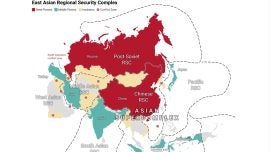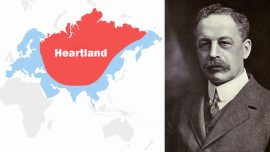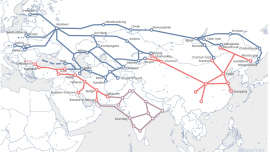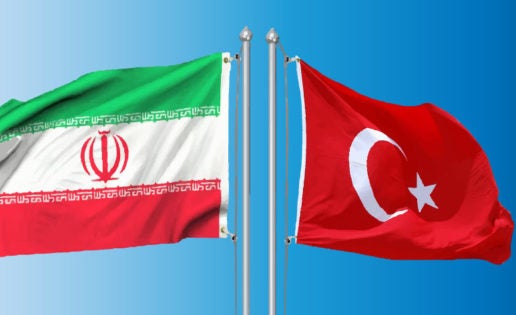
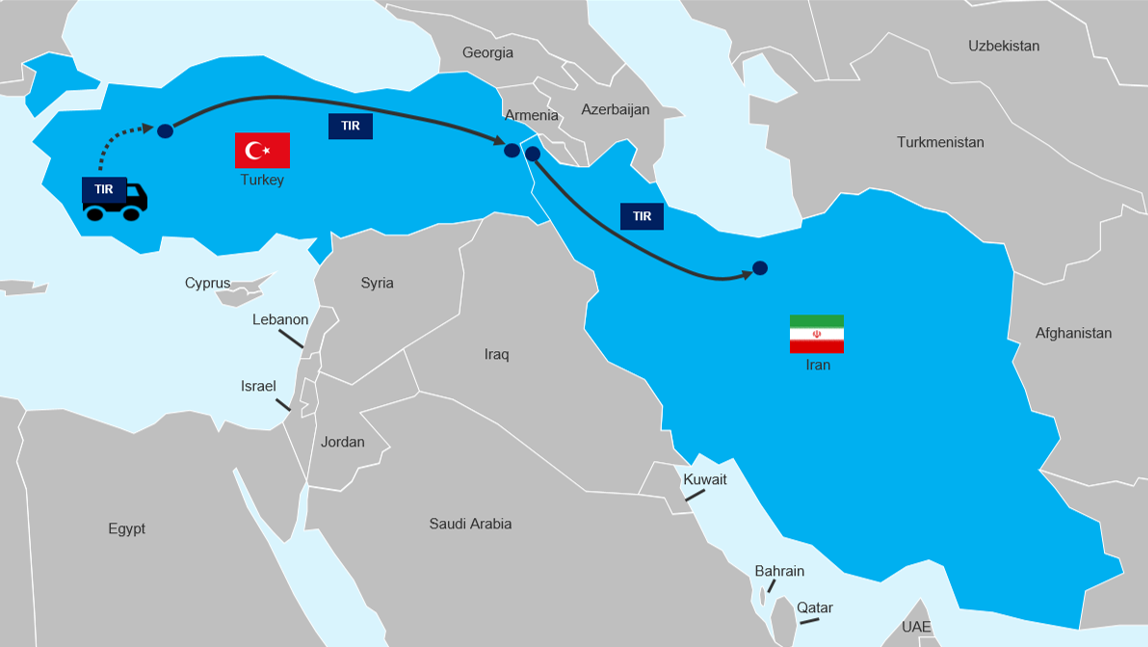
TIR is a tried and tested tool that facilitates trade to drive global growth and inclusive development.
It is an excellent solution for the digital economy and is used every day by thousands of transport and logistics companies, drivers, and customs officials.
It streamlines procedures at borders, reducing the administrative burden for customs authorities and for transport and logistics companies.
It cuts border waiting times significantly, saving time and money.
TIR-authorised operators can move goods quickly across multiple customs territories, under customs control, using a single guarantee.
Harmonised systems and data exchange tools mean that operators only need to submit their declaration data once for the entire transit movement.
Each TIR transport from the start to the end of the journey is monitored online, so goods can be traced and secured while in transit.
In our modern world, digitalisation has brought about large scale and sweeping transformation.
The road transport industry is no exception, it has felt these changes keenly – and in response to the fast moving pace of change, TIR is now fully digitalised. It’s known as eTIR.
The benefits of using eTIR are clear:
For customs authorities:
- Reduced administrative burden thanks to less paperwork
- Enhanced security and reduced risk of fraud – identical information available at all customs offices en route electronically
- Streamlining TIR procedures at border crossing points
- Straightforward to implement and customize to differing national IT systems
For transport operators:
- More flexibility working with TIR, with the possibility to obtain TIR electronic guarantees outside of office hours
- Reduced time related to TIR handling
- Reduced border waiting times
For exporters and importers:
- More accuracy with goods delivery times
- Possibility to put goods on the market more quickly and generate more revenue
In October 2015, the first eTIR pilot project was led by the Turkish and Iranian customs authorities, two pioneer volunteer transport operators and the two countries’ respective TIR Guaranteeing Associations, Iran Chamber of Commerce, Industries, Mines and Agriculture (ICCIMA) and The Union of Chambers and Commodity Exchanges of Turkey (TOBB), working together with IRU and the UN Economic Commission for Europe (UNECE).
eTIR was tested along one transport corridor between the two countries, in which 31 eTIR pilot transports were conducted.
Phase one of the eTIR pilot project clearly demonstrated that eTIR is 100% reliable, inexpensive to implement and validates that it works in a real transit environment.
Phase two extended the system to include more transport operators.
Now there were 6 transport operators involved in the pilot and 19 customs offices between the two countries.
The results as of today – 238 eTIR guarantees have been issued and used.
Phase two successfully demonstrated the feasibility of a paperless TIR procedure.
Political engagement, mutual trust, and a high level of cooperation among all TIR Contracting Parties are crucial for achieving full computerization of the system.
All involved parties benefitted from less data entry work, ease of implementation and advance risk assessment.
And bearing in mind Turkey’s aim to increase exports to US$500 billion by 2023, and with one third of Turkish trade transported to and from neighbouring countries by road, rapid border crossings and efficient transit systems in accelerating trade are of paramount importance to the region.
The Turkey-Iran pilot project not only demonstrated that eTIR worked, and worked well, but it has also served as a basis for similar projects in the future.
With this in mind, late last year a regional trade and transport seminar was held in Baku, Azerbaijan, with the aim to accelerate the creation of fully digital TIR corridors across Eurasia.
Recent pilot operations were put in the spotlight.
As digital momentum continues to build for eTIR, Baku’s strategic location at the intersection of east-west and north-south transport corridors, provided the ideal platform to expand digital TIR from Iran to Turkey, as well as between Azerbaijan, Georgia, and Kazakhstan.
And with new and potential TIR countries looking towards activating the TIR system in their regions, including China, India and Pakistan – the digital tools come with tangible benefits.
The seminar was hosted by the State Customs Committee of Azerbaijan, co-organised by IRU, the Union of Road Transport Associations in the Black Sea Economic Cooperation Region and the UNECE.
It brought together senior customs officials and TIR associations, and together they analysed the results and expansion of pilot projects between Turkey and Iran; Georgia and Turkey; Turkey and Ukraine; and along the Batumi corridor (linking Ukraine, Georgia, Azerbaijan and Kazakhstan).
Going a step further, there was also work to draft a regional cooperation agreement on TIR digitalisation.
The takeaways from the seminar are clear – the digital revolution is here, and eTIR couldn’t have been implemented at a better time.
eTIR is the next generation of digital tools. It is the future of logistics. It is the future of trade.
_________________________________________________________________________________
With the contribution of Janet Waring and Raphael Hirt.
EconomíaMundoOtros temas

